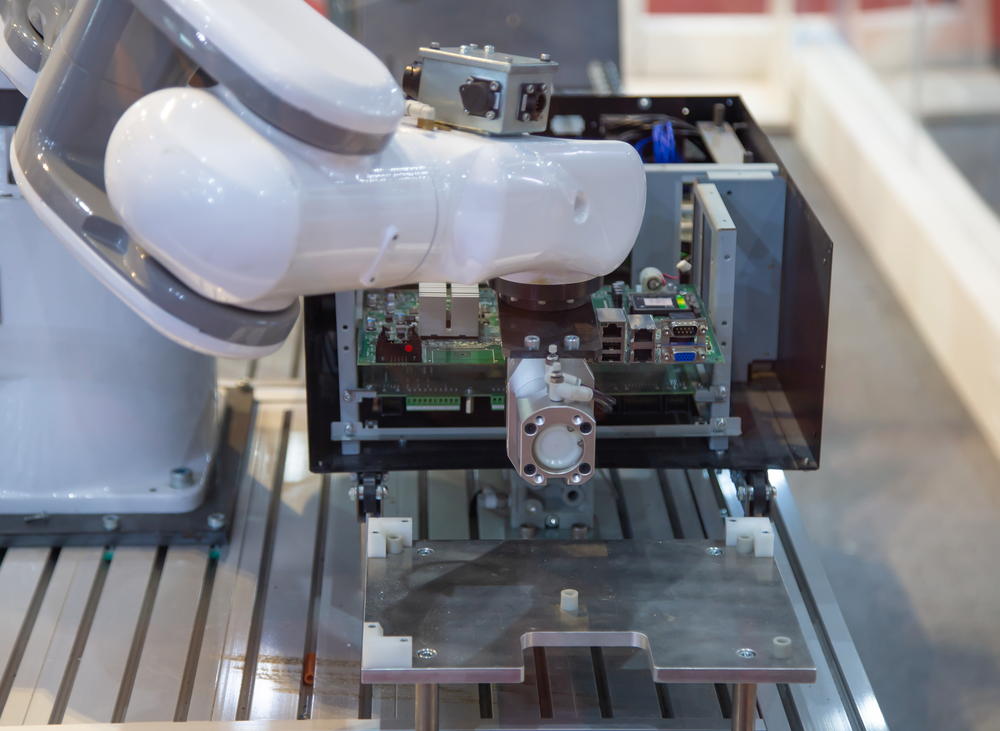The carrier is supplementing its LTE-M offering with a narrowband IoT network across the US and Mexico

AT&T has announced that it will be launching a narrowband Internet of Things (NB-IoT) network across the United States early next year and in Mexico by the end of 2019.
According to the carrier, the NB-IoT network will complement its current LTE-M network across those nations, both of which provide lower-cost connectivity than its cellular network for mass IoT deployments.
"We've seen global momentum for LPWA [low-power wide-area] since launching our North American LTE-M network last year," AT&T president of IoT Solutions Chris Penrose said.
"Adding NB-IoT to our portfolio will expand our LPWA capabilities, help drive investment in our evolution to 5G, and support our customers as they deploy IoT solutions across the US and Mexico."
Speaking to ZDNet earlier this year, Penrose had said the carrier was "still evaluating" whether to deploy an NB-IoT network.
According to Penrose, AT&T has been doing IoT for more than 10 years now, with a dedicated team and innovation arm focused on solutions for both enterprise and consumer.
"It really spans every industry out there, connected cars is one of our biggest verticals where we're adding over a million cars every quarter; we've got tons going on in healthcare, agriculture, retail, manufacturing, and asset tracking," Penrose told ZDNet.
"You name it, we've got different solutions out there, and I think we've really established ourselves as a true global player; that's one of the things we also like to say, we can make it happen for you anywhere in the world."
According to Penrose, AT&T sees smart cities as being a big area, with traction happening in four to five areas: Energy, such as smart lighting; water, including leak detection, smart irrigation, and water quality maintenance; transportation, for instance parking and optimising traffic flow; and smart infrastructure, including roads and bridges.
"We've got solutions in all of those different areas, where we're able to bring to the cities these kind of solutions that they can deploy into their cities to be able to address those particular areas," he said.
As a result, AT&T created a series of spotlight cities across Dallas, Atlanta, Chicago, Miami, Portland, Montgomery County, Mexico City, and various college campus environments wherein it allowed the cities themselves to choose what they wanted to solve, and then worked with them to meet those needs.
The carrier is also providing smart city support in San Diego, California.
"The City of San Diego ... was one of our first cities where we sold a product called digital infrastructure, and what this is is it's a node that goes on top of a streetlight that has all these sensors inside it, so you've got cameras, you've got air quality, you've got motion, sound, and so you're able to basically then write applications on top of those sensors," Penrose told ZDNet.
"They can roll out these nodes and create applications right on top of that," he said, adding that 3,000 nodes were deployed in San Diego.
Across connected cars, Penrose told ZDNet that more than 25 different vehicle manufacturers have selected AT&T's connectivity for inside their cars, and is able to provide real-time performance information on vehicles as well as over-the-air updates.
He said IoT is moving from being reactive to predictive thanks to such real-time data.
"Think about the ability to make that vehicle better over the course of time, either fixing an issue or bringing new features and functionality into a vehicle. What we're also able to do is take that same connectivity and be able to support consumer services, so think about turning the car into a Wi-Fi hotspot; consumers really want all the same functionality they get on their phone, they really want that in the vehicle," Penrose explained.
"That one connection in the vehicle is supporting what the automobile manufacturer wants to do, as well as being able to provide direct-to-consumer solutions."
AT&T also works across fleet management solutions for enterprise and government, having announced a partnership with Geotab back in February, as well as launching AT&T Control Center to manage IoT devices globally.
According to Penrose, AT&T teamed up with networking giant Ericsson earlier this year to help it deploy its IoT solutions across the globe, including in smart cities and connected cars, in an expansion of its professional services capabilities across IoT solutions.
AT&T additionally partnered with Cisco back in February to integrate the Cisco Kinetic for Cities platform into various AT&T smart cities solutions, including the Smart Cities Operations Center (SCOC).
SCOC, which provides near real-time information and analysis of city data on a central dashboard, was bolstered with the addition of Cisco's cloud-based platform for extracting, computing, and transferring IoT data, AT&T said at the time.
Utilising Cisco's Kinetic platform enabled more uses for data, with AT&T pointing to the example of connected parking meters providing information on available parking spaces to drivers; monetisation for third-party parking apps; and traffic pattern information for city planners.
Source: https://www.zdnet.com/article/at-t-launching-nb-iot-network-across-us-and-mexico/





